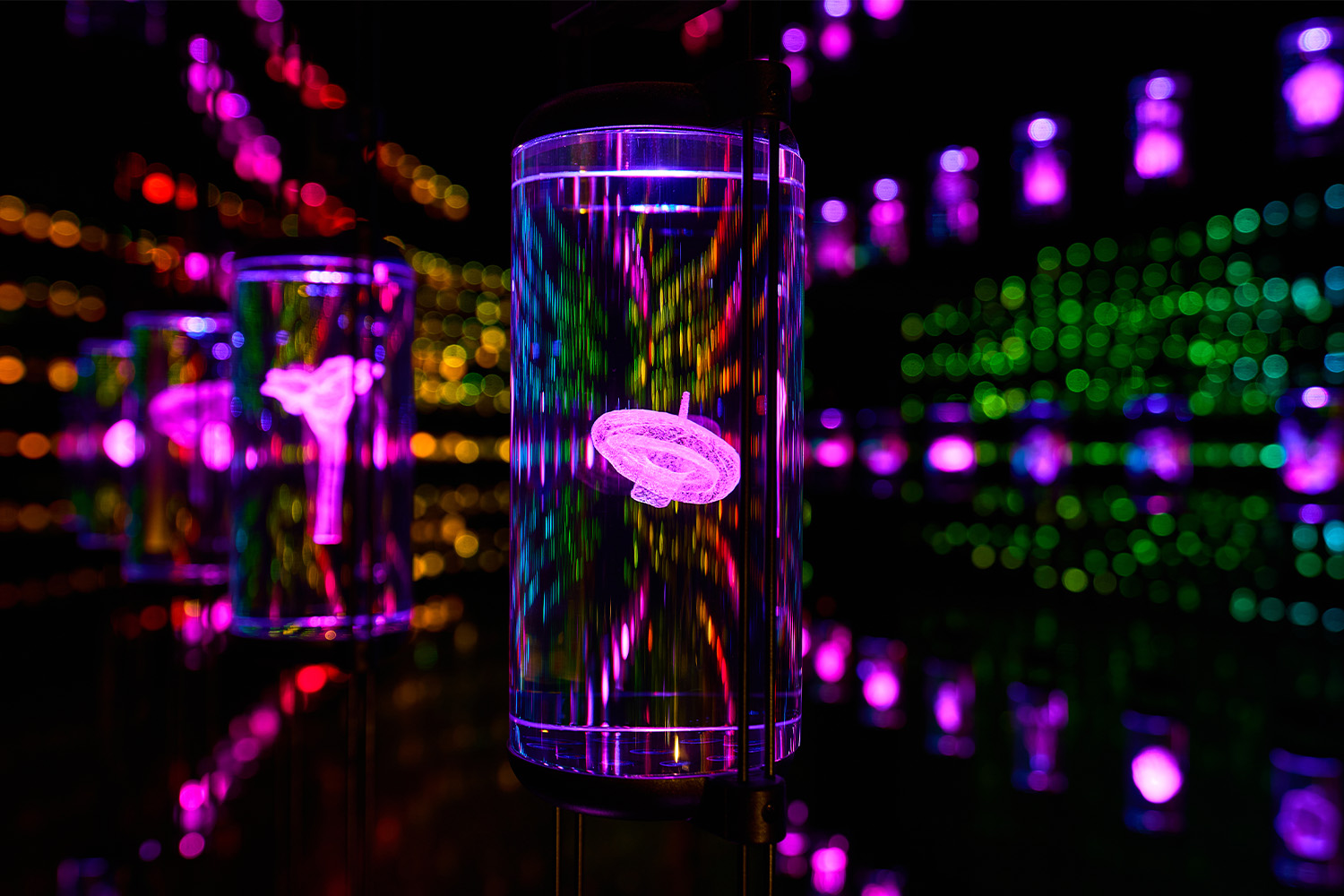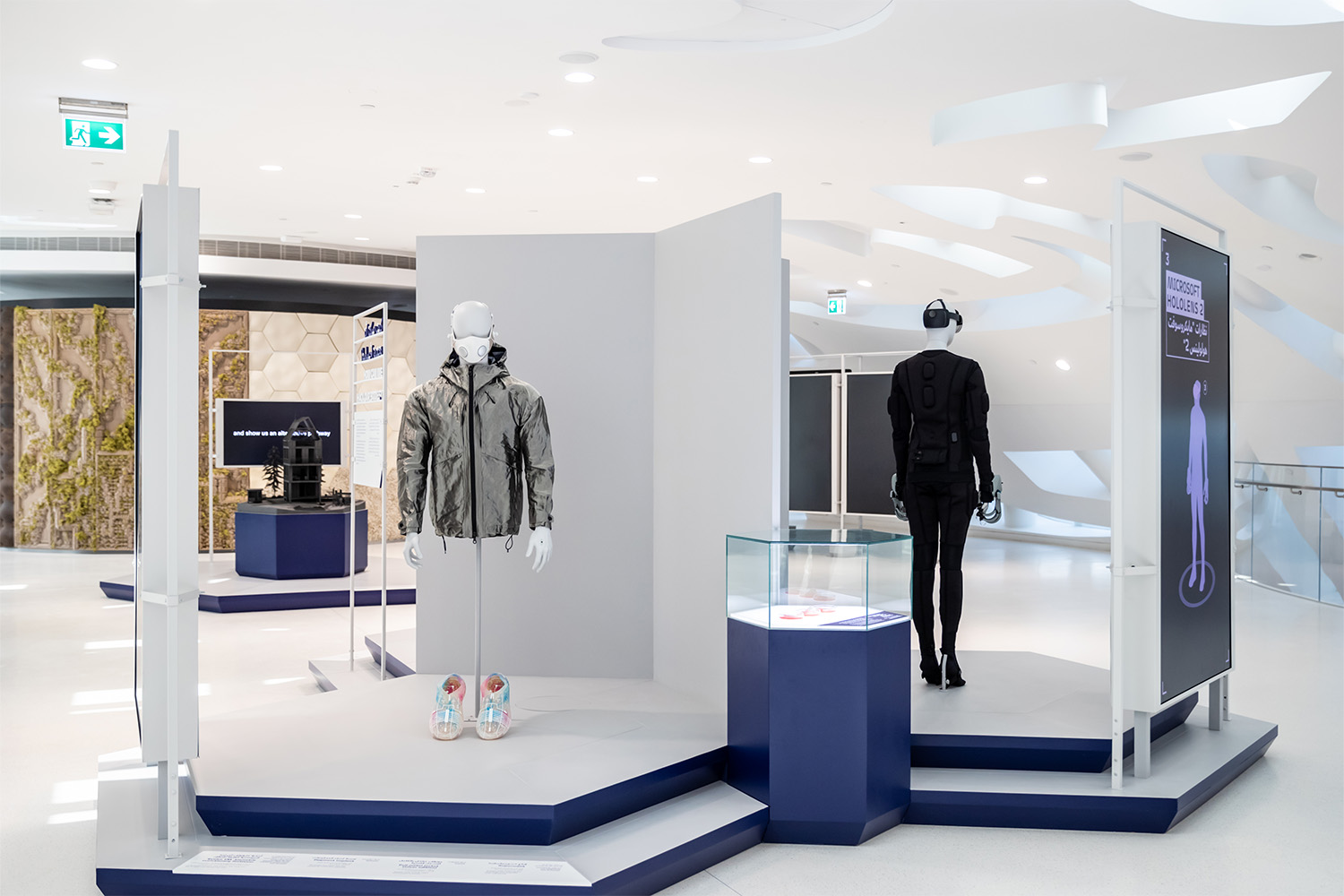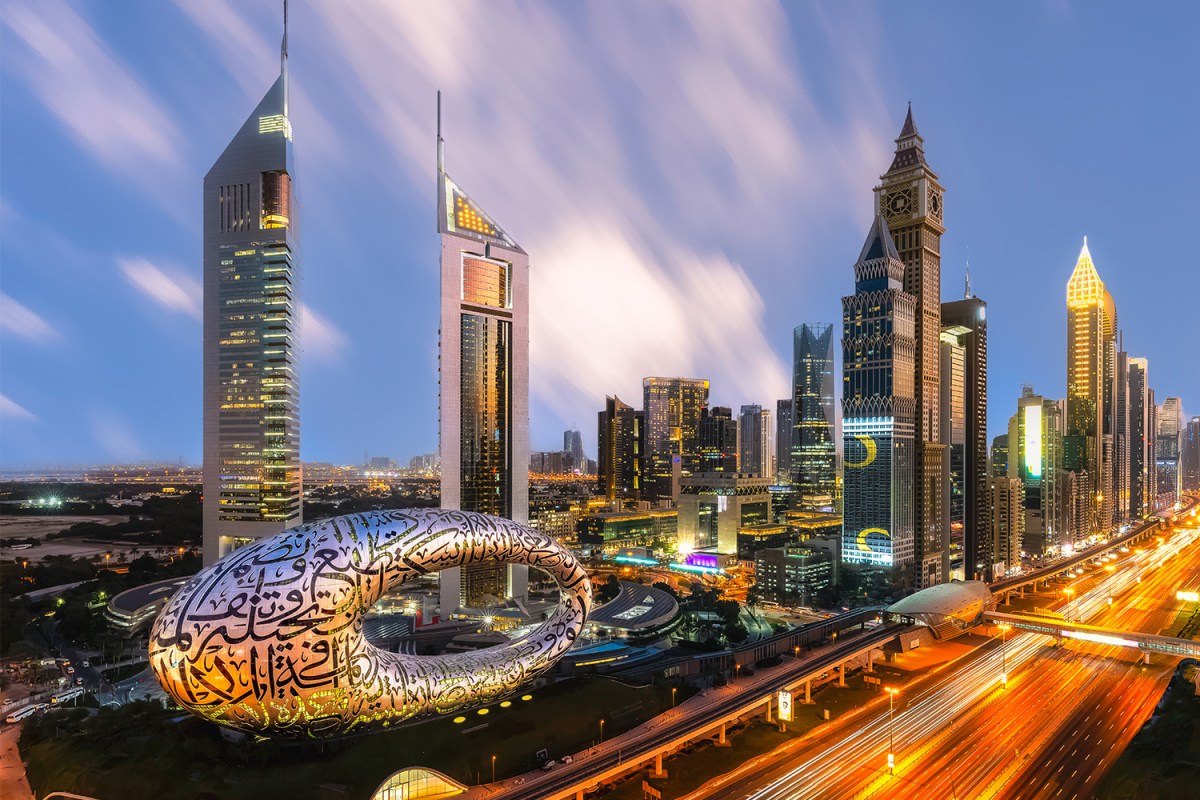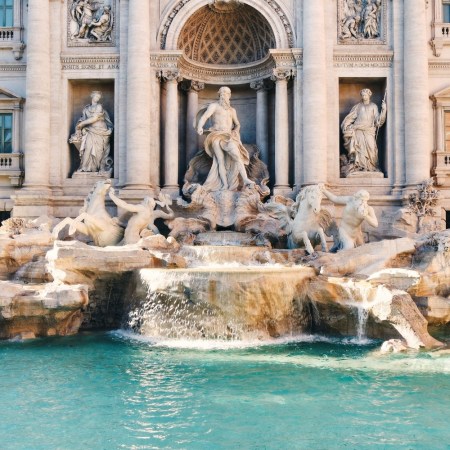Nearly six months after its debut, the novelty of Museum of the Future hasn’t worn off, even amongst the people of Dubai who have slowly seen it come to life over the past six years. This is a $136 million government-sponsored museum that (rightfully) garnered attention long before it opened its doors on February 22 owing to its striking structure. Sheikh Mohammed bin Rashid Al Maktoum, the Ruler of Dubai, has even gone as far as declaring it “the most beautiful building in the world.” But is this simply a case of style over substance? That’s what I set out to discover.
Standing along the 14-lane Sheikh Zayed Road highway, home to most of the city’s skyscrapers, the torus-shaped building is enveloped in Arabic calligraphy across 1,024 stainless steel panels that were partially made using robotic arms. Incidentally, this number is meant to represent the 1,024 bytes of data in a kilobyte. As for that famed calligraphy? It conveys a message. Words of inspiration from the ruler’s poetry were painstakingly converted into the slanting ‘thuluth’ script by Emirati artist Mattar bin Lahej before being incised into the building’s facade and replicated on its interior walls. Once inside, the ticket price — close to $39.48 — comes as a bit of an unpleasant surprise until sensory overload takes over.
Between the sculptural spiral staircase, a drone reminiscent of a flying penguin, a robot barista ready to whip up flat whites and a trio of clear capsule elevators traversing the seven floors — it’s unsurprising that both residents and beachwear-clad tourists are eager to capture the setting from every angle. Within no time, I’m ushered as part of a small group into Journey of the Pioneers — one of the museum’s five zones — and “transported” to space station OSS Hope (currently in its R&D phase and named after the uncrewed spacecraft that began orbiting Mars last year). Museum of the Future, as its name suggests, is not about honoring the past, but providing a peek into tomorrow — the year 2071 to be exact, coinciding with the centenary of the UAE’s founding.

Here, the idea is to demonstrate how the SOL Project could transform the moon into a source of renewable energy for planet Earth through interactive exhibits and videos of active recruits ranging from engineers to musicians. And while all the audible “oohs” and “aahs” suggest that this is a family-friendly attraction, what’s happening behind the scenes is serious stuff. The Exo-skin, for example, is a glove of sorts that monitors the body’s needs and detects diseases before they manifest. Nearby, the likes of Asteroid Water and Hope Snacks (complete with spirulina and sweetened squid ink) offer insights into space-age nourishment. Aware of the fact that I’m not fit for a futuristic role, I bypass the OSS Hope Recruitment Center and “descend” back to Earth to continue solo.
From this point on, visits are self-guided on a fixed path that takes me into the aptly named Heal Institute. Rooted in nature (rather, the widespread destruction of nature), this particular zone hosts a mixed-reality recreation of the Amazon rainforest, using the Ceiba tree to illustrate how a combination of bio-design and artificial intelligence can help offset the impact of deforestation. I can’t help but pause to appreciate its scale and the sound of artificial rain. Little did I know what follows can impress even the most jaded of museumgoers: The Library. Storing the genetic code of more than 2,400 species — flora and fauna — in rows and rows of neon-lit jars, this is arguably the museum’s most memorable area. A scanning device called a bio-synth, meanwhile, displays the history and status (extinct or endangered) of each. And it transitions nicely to The Observatory, where specially designed species are being grown and analyzed in incubators — think: fire-resistant trees, seed-dispersal snails, lipid-rich quinoa and remediation coral.

Al Waha, my next stop, is to humans what the Heal Institute is to nature — a grim reminder of how our collective health is deteriorating. And because the museum resides in the year 2071, visitors are informed that depression passed obesity as the world’s greatest health risk back in 2030. Admittedly, this all-pink iteration of the future is a little confusing at first. For starters, I’m greeted by a seemingly malfunctioning fountain. Turns out, you’re supposed to lean in and get a whiff of the sweet and heady Tribulus Omanense, the country’s national flower. (Noted for next time.) You’re also encouraged to put your phone away — Al Waha is all for digital detoxes — and try your hand at one of the ultrasonic, grounding, or connection therapies. I’m soon reminded of just how restless my mind is, courtesy of a circular meditation room with ripples of water projected onto the ceiling. I give in, making my way over to Tomorrow Today.
For the uninitiated, this exhibition on Level 2 is where the average visit will wrap up. Elsewhere, the remaining floors comprise an events hall, an auditorium, and a kids-only section dubbed Future Heroes. The skeptic in me doesn’t expect more than big-boy toys at Tomorrow Today, but I stand corrected. The ever-evolving showcase of innovations is anchored in practical solutions — not predictions — when it comes to today’s most pressing challenges, so a stroll around the exhibits is surprisingly informative. And while I can’t question the merits of vertical farming, self-driving cars and autonomous devices that deliver packages, I struggle with the idea of all the people losing jobs in the future to machines. Apparently, the future will also see us hacking our bodies with the help of all-electric jetpacks to commute more sustainably, biometric shoes that look tragically like Crocs, and a Teslaglove in order to feel virtual objects. Who knew The Jetsons was so spot on?
This article appeared in an InsideHook newsletter. Sign up for free to get more on travel, wellness, style, drinking, and culture.

























